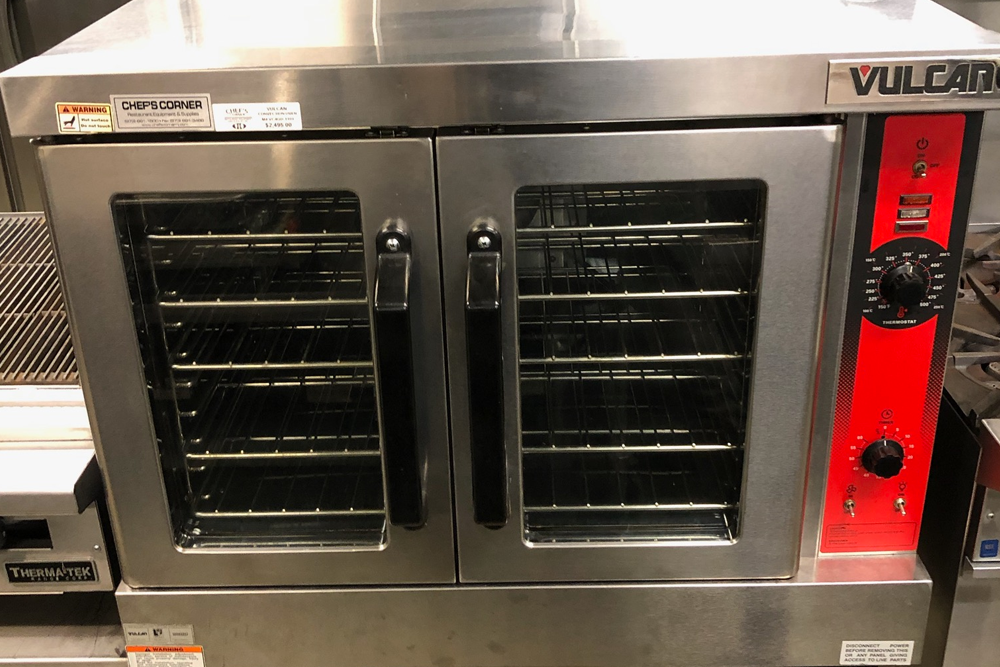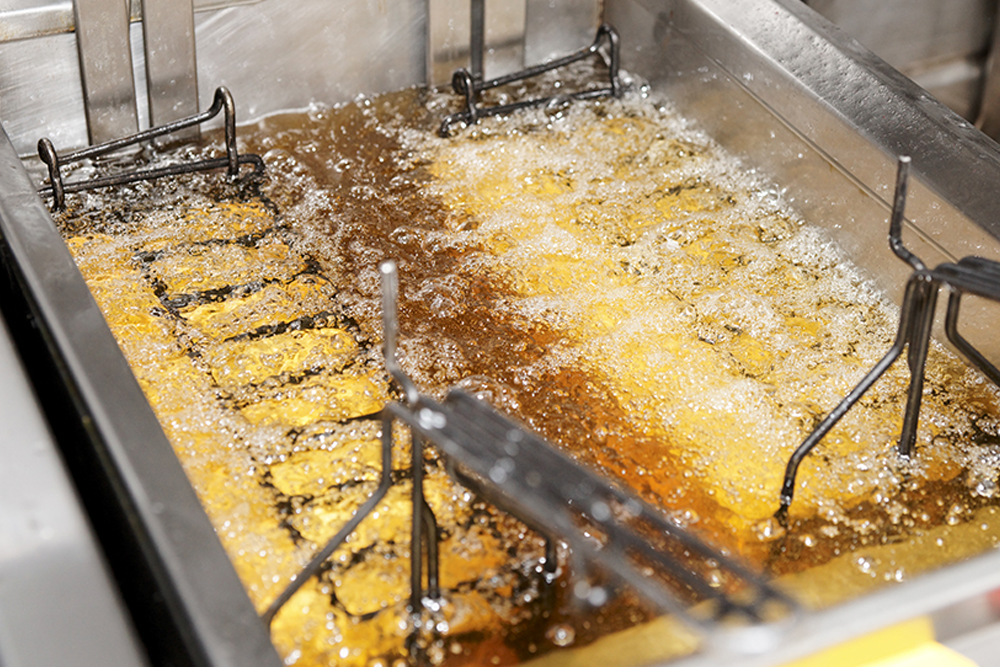The working capital cycle is a gauge of how quickly a business can turn its current assets into cash. Understanding how it works can help small business owners like you to make money faster, improve efficiency, and manage their company’s cash flow. In this post, we’ll provide a breakdown of what a working capital cycle is, what affects it, and how it can affect your small company’s finances. We’ll also provide tips on how you can manage the working capital cycle and make it work for your business.
What is working capital?
To understand the working capital cycle, you should first know what your current assets are. Current assets can be changed to cash in a short period. In the financial aspect, short-term or current “typically refers to one year. A company’s current assets might include short-term investments, inventory, accounts receivables, or prepaid expenses. They do not include long-term assets, such as equipment or real estate. Your business’s current liabilities are its obligation and debts within the same duration. These might be payroll, serving loans, or bills to vendors. Working capital is the current assets net of current liabilities. In simple words, working capital is the balance asset after paying your bills, at least in the short-term. Fundamentally, the working capital cycle starts when assets are obtained to begin the operating cycle and ends when the sale of a product or service is converted to cash.
Working capital cycle explained?
The Working Capital cycle denotes the time taken by a company to change its net current liabilities and current assets to cash. It reflects the efficiency and ability of the company to manage its short-term liquidity position. In simple words, the working capital cycle (usually calculated in days) is the time between purchasing goods to manufacture products and generating cash revenue on trading the products. Generally, the shorter the working capital cycle, the faster the business can free up its cash stuck in working capital. As long as the working capital cycle is too long, the capital becomes locked in the operational cycle without earning any profit. Thus, a company tries to shorten the working capital cycles to boost the short-term liquidity condition and increase its efficiency. The working capital cycle centers on the management of four key elements viz: inventory (stock), cash, receivables (debtors), and payables (creditors). A business requires complete control over these four items to have a fairly efficient and controlled working capital cycle. Let us look at an example to enhance a better understanding of the working capital cycle concept.
Working capital cycle example
Let us presume the following details for a business that is in the manufacturing sector.
- A business takes raw materials on credit and has to pay back to its creditors in a few days ( in our example, it is thirty days). This is also known as the average payables period, which can be calculated as creditors’ ratio to credit purchases.
Average payable period = average creditors / credit purchases X 365.
This indicates that the business enjoys a credit period of thirty days on the purchase of raw materials utilized to produce the final product.
- The business takes a “y” number of days to sell off its inventory; the “y” here is nothing but the inventory turnover ratio changed to several days rather than the number of times. Presuming average sales of $ 18000, an average inventory of $ 5000 and, the inventory turnover ratio amounts to $ 5000 / $ 18000 y 365 = 102 days approximately.
- Generally, it takes some time for the business to change its credit sales into cash because of the business’s credit management policy in terms of the credit period extended to clients. Assuming total credit sale amounting to $ 60,000 and outstanding debtors of $ 9000 and the average collection period can be calculated as follows:
Average collection period = average debtors/ Total Credit Sales X 365
= $ 9000 / $ 60000 X 365
= 55 days, approximately
From the above information, we infer that
- The business has to pay back its creditors within thirty days.
- For inventory to change to sales, it takes roughly 102 days
- Conversion of receivables (debtors) to cash, on an average, will take 55 days
How to calculate working capital cycle?
The business’s working capital cycle can be calculated by adding debtors turnover in days and inventory turnover in days then deducting the creditors’ turnover. That is: Working Capital Cycle = debtors turnover in days+ Inventory turnover in days – creditors turnover
For our example, that would be:
102 + 55 -30= 127 days
This indicates that the business has its cash locked in for a duration of 127 days and would require funding from some source to allow the operations to continue as creditors need to be paid off in 30 days. Assuming the business had to make all cash payments for its raw material requirement, there would not be any creditors, and the working capital cycle would then be 102 + 55 = 157 days.
What affects the working capital cycle?
The stages of a working capital cycle vary based on your business’s industry and how you operate, but the key elements will be the same. As discussed above, the working capital cycle is gauged by how long inventory takes to move, and the period it takes to receive a cash payment from the sale, subtracted by how long your business has to pay its bills. Thus it is in every company’s interest to keep its working capital cycle as short as possible.
A shorter working capital cycle can be attained by focusing on individual aspects of the working capital cycle. Let us see how this operates: Shortening the credit period given to its clients and thereby decreasing the average collection period. Giving cash discounts can also help boost the debtor’s turnover ratio or average collection period amid several other ways.
- The business can try to improve its manufacturing process and center on various ways to increase sales to shorten the time taken for inventory to change to sales—the earlier the stock clearance, the better the working capital cycle.
- Having a better negotiation to increase the credit period from suppliers of raw material and goods necessary for production can also reduce the working capital cycle.
Whereas the average collection period and credit period from suppliers help shorten the working capital cycle, the business’s original prime focus should be to lower the time taken for inventory to change to sales. If the period taken is very long, it could indicate that the company cannot accrue sales for the goods produced, and more capital gets locked in inventory. The company should either try and shorten the time or decrease the amount of inventory, thus reducing the amount locked in working capital. In simple words, if the company cannot decrease its working capital cycle and has higher inventory levels, it should aim to reduce the inventory levels and the amount locked in the working capital while keeping the cycle time length the same.
Most companies cannot fund the operating cycle (inventory turnover in days +average collection period) with accounts payable financing alone. This shortfall can be managed by the company either out of revenues accumulated over time, borrowed funds, or both.
What is a negative working capital cycle?
Let us consider a business model of a hypermarket chain or supermarket. The clients who come to buy pay by cash, and hence there are no debtors or the collection period are zero days. The company is a supermarket, and thus, all items in the store are taken from vendors and have a credit period availability to be paid. Such companies often enjoy considerable cash and even might make interest earning on the cash until the money needs to be paid to the suppliers. Thus, these companies have a negative working capital cycle.
Final thoughts
Given that the working capital cycle ranges from negative to large positive, one has to answer the question as to what is the optimum level of the working capital cycle. Generally, one cannot arrive at thumb rules since the working capital cycle varies from industry to industry. A comparison with peers in the same sector is more meaningful when analyzing businesses and its operating efficiency. Besides, the working capital cycle might fluctuate based on the product manufactured, shelf life, seasonality, and many other factors. Sometimes poor prediction, change in government policies, and unexpected events might change the working capital cycles and add up to working capital financing problems.
Usually, businesses’ ratio of working capital to sales is utilized to see if the company is moving in lines with the industry performance/benchmark. The level might also depend on future plans, sales forecasts, product diversification, etc. Also, note that small business owners who fall short can turn to financing options, like a cash advance, revolving credit line, or a business loan to bridge these cash flow gaps. Ultimately, you should try to reduce the working capital cycle. The faster your company converts assets to cash, the sooner that cash is available to grow and run your operations.











